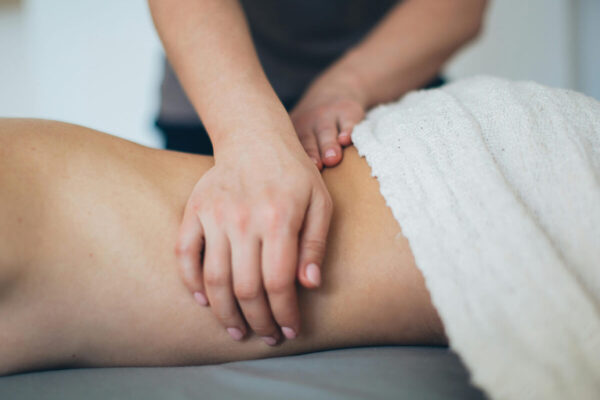Arthroscopy Aftercare Tips
When a person is suffering from chronic knee pain and injury, an MRI can identify severe damage to the area. In this situation, arthroscopy may be ordered. After surgery, the patient needs to take special care to protect the repaired knee and support its recovery. Physiotherapy is often a major part of this process.
WHAT IS ARTHROSCOPY?
During knee arthroscopy several small incisions are made, allowing small instruments (including a fiber-optic camera) to be placed inside. Sterile saline (salt water) flushes the joint to provide a clear view for the surgeon. Meniscus tears and/or damaged cartilage on bone surfaces are then carefully repaired/removed with special surgical instruments. After the procedure, ideally, the knee benefits from stable and smooth tissues.
After surgery, patients may experience swelling and limited mobility which can be aided by crutches, a cane, or a walker. Recovery time usually depends on a person’s overall health. A noticeable improvement in mobility may occur between three to four months post-op. During this period, a tensor bandage may be recommended to stabilize the knee. Compression socks/stockings can be worn to improve blood flow, if the physician encourages that approach.
After being discharged from the hospital, patients are expected to get an ample amount of rest at home to aid a full recovery. During the first week after surgery, the focus is on relieving pain and reducing swelling.
* AFTERCARE TIPS *
Once you arrive home, rest your leg comfortably on the bed or sofa. Elevate the knee by placing a pillow under the ankle (not the knee itself). Support your back and keep the knee above heart level when possible. Flex your ankles occasionally to stretch calves and hamstrings.
For the first few days, ice the knee for 20-30 minutes every 2 hours to ease discomfort and swelling. Devices like a “CryoCuff” may help by providing compression and surrounding the knee with ice water; some insurance plans cover the expense for this post-operative tool.
Your doctor will likely prescribe medications to reduce pain. Take them as instructed.
- Slowly put weight on the operated leg
As soon as you are comfortable, try to move your leg at a slow and steady pace. Try not to “favour” the knee and walk normally, instead of limping.
* ADDITIONAL SUGGESTIONS *
Doctors and physiotherapists may recommend a series of exercises to help you build strength and increase mobility. Try to bend the knee as much as possible — unless directed otherwise.
Physiotherapy clinics offer guidance for post-operative patients to safely make progress as they begin to move and walk with increasing duration and intensity.
- Compression socks/stockings
Compression socks/stockings can help blood circulate throughout the body and may speed the healing process.
After 48 hours, patients may cover the tensor bandage and gauze with plastic wrap (and secure the wrap with water-resistant tape) and take a shower. Avoid submerging your knee in a bath or a pool until cleared to do so at your 2-3 week post-operative appointment. Once stitches are removed (or dissolved) and you’re allowed to shower without the plastic covering, gently dry incisions after washing and cover them with band-aids.
After some time, arthroscopy patients can comfortably — and slowly — return to normal activities. Rehabilitation sessions with a licensed physiotherapist can help speed the recovery process.
PARC of Ontario has a team of caring physiotherapists who create an individualized rehabilitation plan for post-operative arthroscopy patients. We also offer compression socks/stockings to help during your recovery. Contact us at any of our centres to schedule an appointment.



